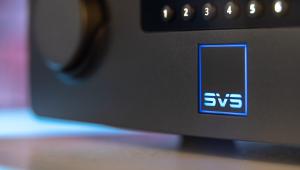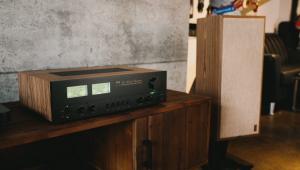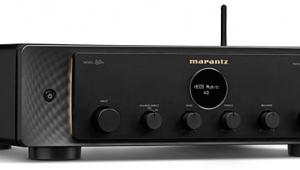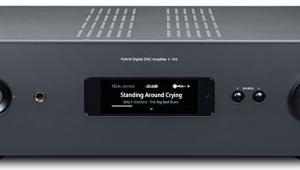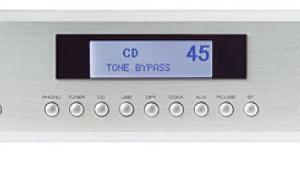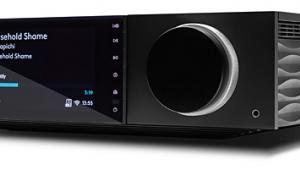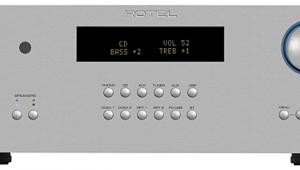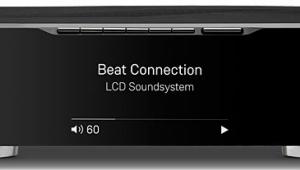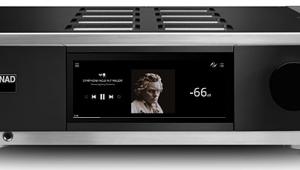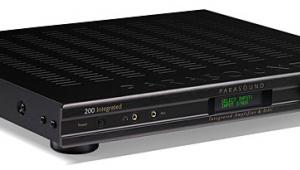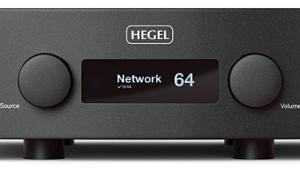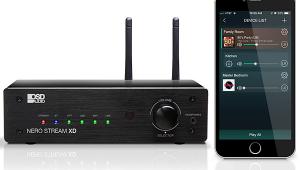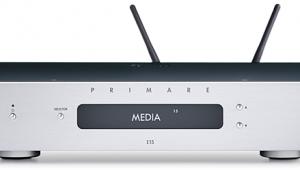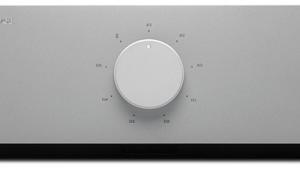Test Report: Pioneer A-20 Integrated Amplifier
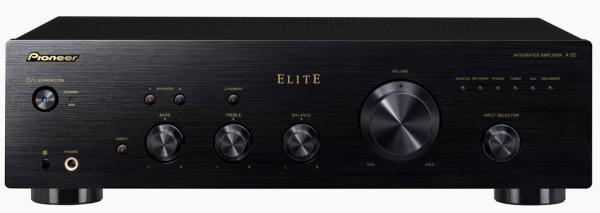
Remember integrated amps? I do — my first two real audio systems were assembled around examples of the one-component, preamp/poweramp combination form.
So does Pioneer. The firm’s new Elite A-20 is an unabashed throwback: two channels, no radio, a few analog inputs (no digital), a few knobs.
Like the integrated amps of yore, it says, “I don’t care about spec-sheet numbers. I don’t care about radio, ’cause it’s all crap anyway. And I don’t care about size, weight, buttons, or readouts. I just care about the music.”
Setup
That the A-20 originates from a firm whose A/V receivers are as technically adept and as feature-laden as any suggests that Pioneer understands that there are still devoted 2-channel-istas and phono phreaks out there, whose ranks may even be growing. (The A-20 also makes an excellent second-room add-on to multiroom-capable A/V receivers.) Either way, the A-20 is a design of welcome simplicity: Volume, bass, treble, balance, and input-select knobs, plus buttons for loudness and “direct,” are all the controls you get — and all you’ll need in a minimalist setup.
And setting up the A-20 is a minimalist undertaking as well. There are two sets of multiway jacks (speakers A/B are front-panel and remote selectable), 4 stereo pairs of analog line inputs, and one for a moving-magnet phono input, plus a tape-loop in/ out quartet and, uh, um — oh, yeah! A ground post.
I connected my modest-sensitivity two-way monitor speakers (all my speaker connections use dual-banana cabling), my Oppo disc player’s analog output, and the plugs of my Rega/Planar turntable (not forgetting the ground wire!), an old but capable model. Elapsed time: about a minute and a half. I then gave the Pioneer a couple of weeks to settle in by providing background music. (I also plugged in my media streamer so that I could hear Arvo Baroque and other ’net radio stations).
Performance
I began my listening with CDs, being interested first and last in the A-20’s quantity and quality of amplification. These turned out to be surprising and surprisingly fine, respectively.
The Pioneer is rated only for 30 watts per channel into 8-ohm loads, which my speakers nominally are. (I couldn’t resist a quick test-bench visit, where the Pioneer showed just about 50 watts/8 ohms.) Yet I had no trouble reaching lifelike playback levels with chamber music and combo jazz. For example, the superbly naturalistic and hugely dynamic Chesky recording Dreams of New Orleans, from trombonist Wycliffe Gordon, produced a dangerously wide, deep, enveloping soundstage, with electrifying transients and well-defined, musically proportioned bass underpinnings. (It’s easy to forget just how hard it is to get sub/sat bass right, a knot to which the A-20 takes an Alexandrian solution: no sub output or crossover, and hence, in my test system, no subwoofer.)
LPs sounded great, too. A favorite, the Nonesuch recording of Kurt Weill’s Suite from the Threepenny Opera (Contemporary Chamber Ensemble, out of print), though dating from the late ’60s, remains one of the better-sounding LPs on my shelves. The Pioneer did full justice to this impeccable performance of Weill’s familiar, deceptively simple (yet not so simple) music, producing the wide, immediately convincing soundstage that was the signature of producing/recording team Joanna Nickrenz and Marc J. Aubort. For the A-20 to deliver honest in-the-hall levels — loud enough for the tape noise and LP surface noise to be steadily evident though not excessively troubling — was no problem, but this about defined the edge of its dynamic abilities. Pushed a couple of volume clicks more, the accented tutti chords of the overture’s opening gained an added edge of clangorousness, almost certainly incipient clipping. (The A-20’s phono section impressed me as quite good: not precisely as transparent as my reference, but very close.)
But would the Pioneer also rock? The SACD (2-channel layer, of course) of the Stones’ classic Beggars Banquet seemed an apt trial. The A-20 displayed plenty of headroom for a song like “Parachute Woman” to convey its propulsive rhythm section with convincing volume and still showcase the record’s homemade, “tracked in the bathroom” feel, complete with tape hiss.
- Log in or register to post comments

